Electric cars coming to Australia in 2023

The list of electric cars available in Australia continued to grow in 2022, with sales data confirming Australia’s appetite for electrified motoring was not slowing anytime soon.
More models – including multiple debuts from large manufacturers – are set to join Australian showrooms in 2023.
Here’s a look at what electric cars could be in your driveway in 2023:
BMW iX1
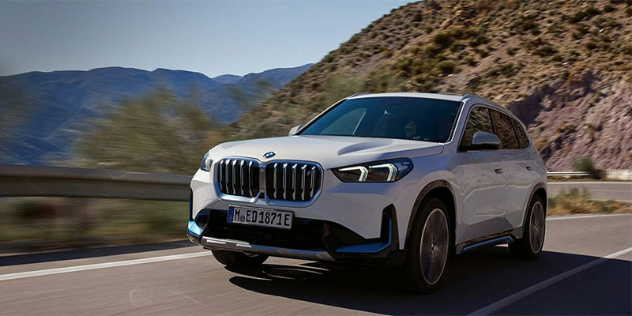
When released in early 2023, the BMW iX1 small SUV will be BMW’s cheapest electric car in Australia, priced at $82,900.
A 65kWh battery pack provides a claimed 440km driving range and 230kW/494Nm outputs for the iX1 via a dual-motor, all-wheel drive configuration.
Fast 130kW DC charging also means the iX1’s battery can be replenished from 10 to 80 per cent in about half an hour, according to BMW.
BYD Dolphin
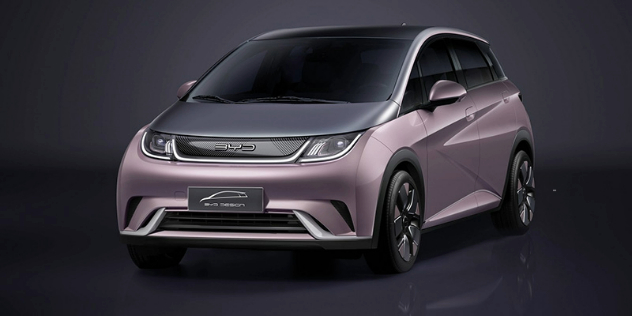
Australia may have a new ‘cheapest EV’ in mid-2023 as the BYD Dolphin makes its way into showrooms after delays to its original early 2022 release.
While not confirmed, the electric hatchback is poised to enter the local market with a price tag in the $30,000 range, considerably undercutting current offerings.
Making the price even more impressive is the Dolphin’s lithium iron phosphate battery pack tech, providing long driving ranges with great durability.
BYD Seal
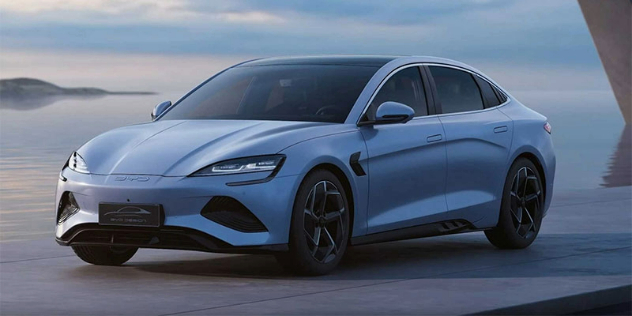
Taking aim at the Tesla Model 3, the BYD Seal sedan – likely to receive a rename to ‘Atto 4’ for the Australian market – should join Australian roads in the second half of 2023.
It’s believed the BYD Seal will be offered in 61.4kWh rear-wheel drive and 82.5kWh all-wheel drive variants, providing approximately 500km and 700km of driving range respectively – not dissimilar to the Tesla Model 3.
While no pricing has been confirmed, expect the Seal/Atto 4 to rival the Model 3 there as well, with pricing from $60,000 to $90,000 a possibility.
Cupra Born

Originally slated for 2022, now March 2023, Spanish performance car maker Cupra will return to Australia after a more than 20-year absence with its sporty Cupra Born all-electric hatch.
Sharing underpinnings with the Skoda Enyaq (and a host of other Volkswagen Group electric vehicles in the pipeline), the Cupra Born will output 110kW or 150kW (with a 170kW ‘e-Boost’ option) across variants. Max torque remains the same for all at 310Nm.
Driving range varies from 340km to 500km across 45kWh, 58kWh and 77kWh battery options – however the 0-100km/h sprint slows by almost half a second for models fitted with the larger, heavier 77kWh option.
Fiat 500e and Abarth Nuova 500e
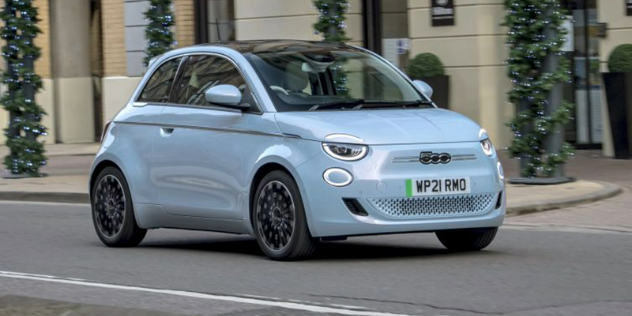
Fiat will launch its first electric car, the 500e, in Australia in 2023. The model will be available in a standard and Abarth – Fiat’s performance sub-brand – tuned version.
Both variants score a 42kWh battery pack, which provides the standard 500e with 87kW/220Nm and a 320km driving range, and the Abarth version with 114kW/235Nm. Fiat does not claim a driving range for the Abarth version, but given the model’s higher outputs, it’s safe to expect less than the standard model’s 320km range.
The Fiat 500e is scheduled to land in Australia in July 2023, while the Abarth version should arrive a few months later.
GWM-Ora Good Cat
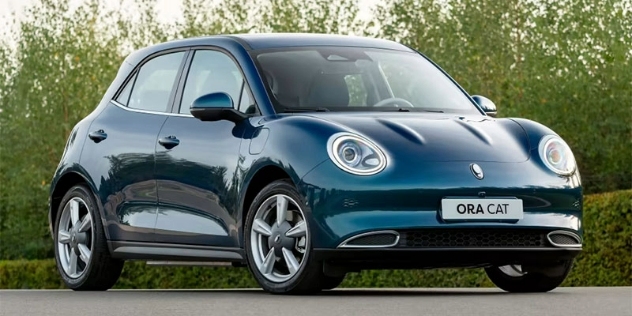
GWM will be making its electric car debut in Australia in 2023 with the Ora – also known overseas as the Good Cat – hatchback.
The Ora will be available in three versions, including standard and long range as well as a GT trim. All versions output 126kW/250Nm, however long range and GT versions have their battery capacity increased from 48kWh to 63kWh.
Standard- and long-range versions are expected to launch in April, with the GT to follow at an unconfirmed time.
GWM-Ora Lightning Cat

A sleek, sedan version of the Ora Good Cat, the Lightning Cat adds performance credentials to the equation.
Single- and dual-motor configurations are available in other markets, with top-spec trim receiving a 79.6kWh battery pack capable of 300kW/680Nm and around 600km driving range.
While the Lightning Cat is not yet confirmed for Australia, it’s likely the model will follow the Ora Good Cat and could be here sometime in 2023.
Kia EV9
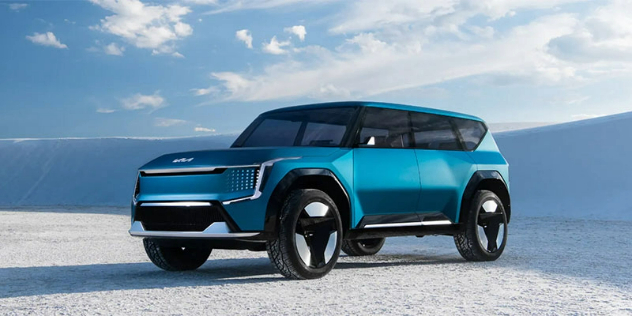
The EV9 large SUV is Kia’s second EV built on a dedicated platform, and is set to be the brand’s most expensive car yet.
Early industry speculation places the range-topping EV9 trim’s price tag at around the $120,000, exceeding the EV6 GT – the sports version of the brand’s first dedicated EV – by about $20,000.
Technical details for the EV9 remain scarce, however the model is likely to have a driving range of ~470km and outputs of 298kW/651Nm in some guise(s). Like the EV6, the EV9 is expected to be followed by a tuned ‘GT’ version.
Lexus RZ 450e

Lexus’ electric stable gains a second addition later in 2023 when the new RZ 450e joins the smaller UX300e.
Sharing a platform with the Toyota bZ4X and Subaru Solterra (listed below), the RX 450e will be Lexus’ first dedicated EV. A 71.4kWh battery pack will provide the RX 450e with a claimed 450km of driving range.
Mercedes-Benz EQE SUV

The Mercedes-Benz EQE SUV will become the eighth model to join the brand’s electric EQ stable in the middle of 2023.
Sold as a high-riding, five-seat, SUV-bodied version of the EQE (built to similar proportions as the GLE-Class), the EQE SUV will be offered in three trims with an AMG performance range-topper.
A 90.6kWh battery pack will provide expected, but unconfirmed, power outputs spanning from 200kW to 460kW across the variants, with between 480km to 590km of driving range.
Mercedes-Benz EQS SUV

The EQS SUV follows the same recipe as the EQE SUV, but being built on the larger footprint of the GLS-Class gives buyers the choice of a seven-seat layout.
Although available in the second half of 2023, Mercedes-Benz has still not confirmed all local details for the EQS SUV. A large 107.8kWh battery pack is expected to power two dual-motor, all-wheel drive variants of the EQS SUV, with an AMG-tuned version likely to join the lineup later on.
MG 4
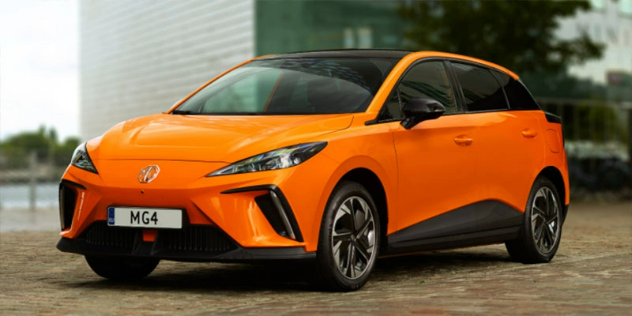
The MG 4 hatchback is set to launch in Australia in the first half of 2023, joining the MG ZS EV which was long heralded as Australia’s cheapest electric car.
Local specification has not been confirmed for the MG 4, however a 150kW output is expected with a driving range of between 350km for standard trim and 450km for long-range trim.
Peugeot e-2008
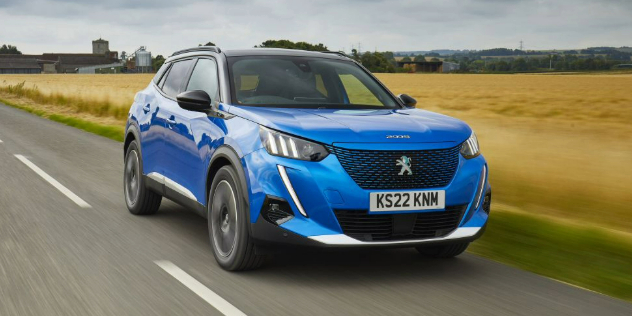
Not much is known about Peugeot’s e-2008 electric small SUV, other than it’s likely to be the brand’s first electric passenger vehicle introduced in Australia.
Oddly, the first e-2008s to hit Australian roads will likely not be sold by Peugeot Australia, but will instead be used examples imported privately by The Good Car Company.
Timing remains unclear as well, however a release sometime in 2023 is possible. The Peugeot e-2008 is likely to have the same performance figures as the e-208 (below) when it does arrive in Australia.
Peugeot e-208

The e-208 hatchback looks poised to enter the Australian market in 2023 and could replace internal combustion engine versions of the 208 entirely.
Significant upgrades were made to the e-208 in other markets in 2022, providing an increased driving range of almost 400km with an additional 15kW of power (now up to 115kW/260Nm) thanks to a revised, 400-volt 51kWh battery pack.
Like the e-2008, the e-208 is likely to land in 2023, but particulars remain unknown.
Renault Megane e-Tech
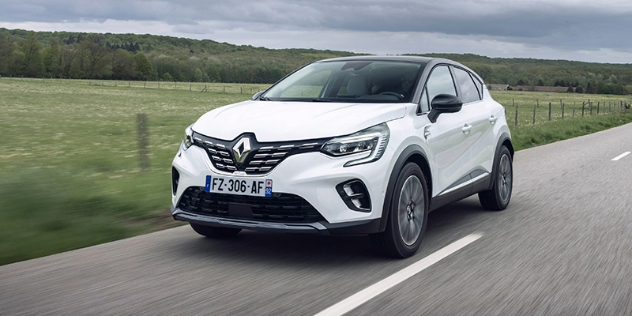
Premiering in 2021, the Renault Megane e-Tech is expected to arrive in Australia in late 2023.
The Megane e-Tech will be offered in 40kWh and 60kWh battery pack options, with 300km and 470km of driving range respectively. Outputs also jumps from 96kW/250Nm to 160kW/300Nm with the larger battery.
Australian delivery time will depend on the appetite of other regions, with Renault to prioritise supply to markets with more ambitious emissions targets.
Subaru Solterra
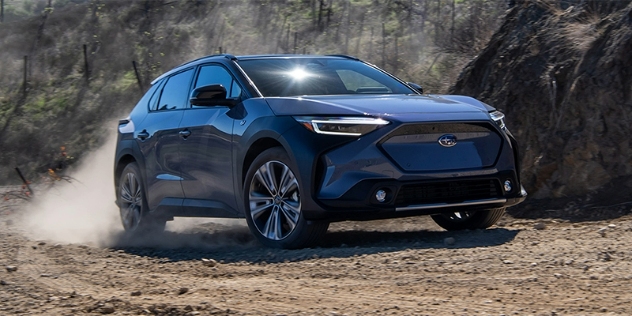
Subaru will launch is first electric car in the second half of 2023 with the Solterra mid-size SUV.
Likely to only be available in all-wheel drive in Australia, staying true to Subaru’s brand ethos, the Solterra is expected to carry a higher entry price than the Toyota bZ4X (below) which uses the same underpinnings.
Going off performance figures in other regions, the dual-motor SUV will produce 160kW/336Nm with its 71.4kWh battery pack.
Tesla Model Y Performance

The Tesla Model Y Performance will be available in Australia in early 2023, following lower-spec trims of the model which went on sale locally in 2022.
The Model Y Performance is powered by an 82.8kWh battery pack, outputting 393kW through a dual-motor, all-wheel drive configuration. Driving range is claimed at 514km.
Toyota bZ4X

Sharing a platform with the Lexus RZ 450e and Subaru Solterra, the Toyota bZ4X SUV should offer buyers further powertrain options and affordability, however what those entail remains to be seen.
Australians will get their hands on the bZ4X towards the end of 2023, meaning it’s likely the model will have received upgrades for 2024 by this time.
Regardless, as the model currently stands in other regions, buyers have the option of single- and dual-motor layouts providing 150kW and 160kW respectively.
Volkswagen ID.4 and ID.5

The Volkswagen ID.4 and ID.5 SUVs will mark the brand’s first electric cars to be sold in Australia when they land in late 2023.
Identical underneath, but with the ID.5 receiving a sleeker rear than the boxier ID.4, the models will be available in Pure Performance and Pro Performance trims.
A 52kWh battery pack powers the Pure Performance, providing 125kW/310Nm with a claimed driving range of 345km. Pro Performance spec gets a 77kWh battery pack with 150kW/310Nm and 522km of claimed driving range. Both trims utilise a single-motor, rear-wheel drive layout.


